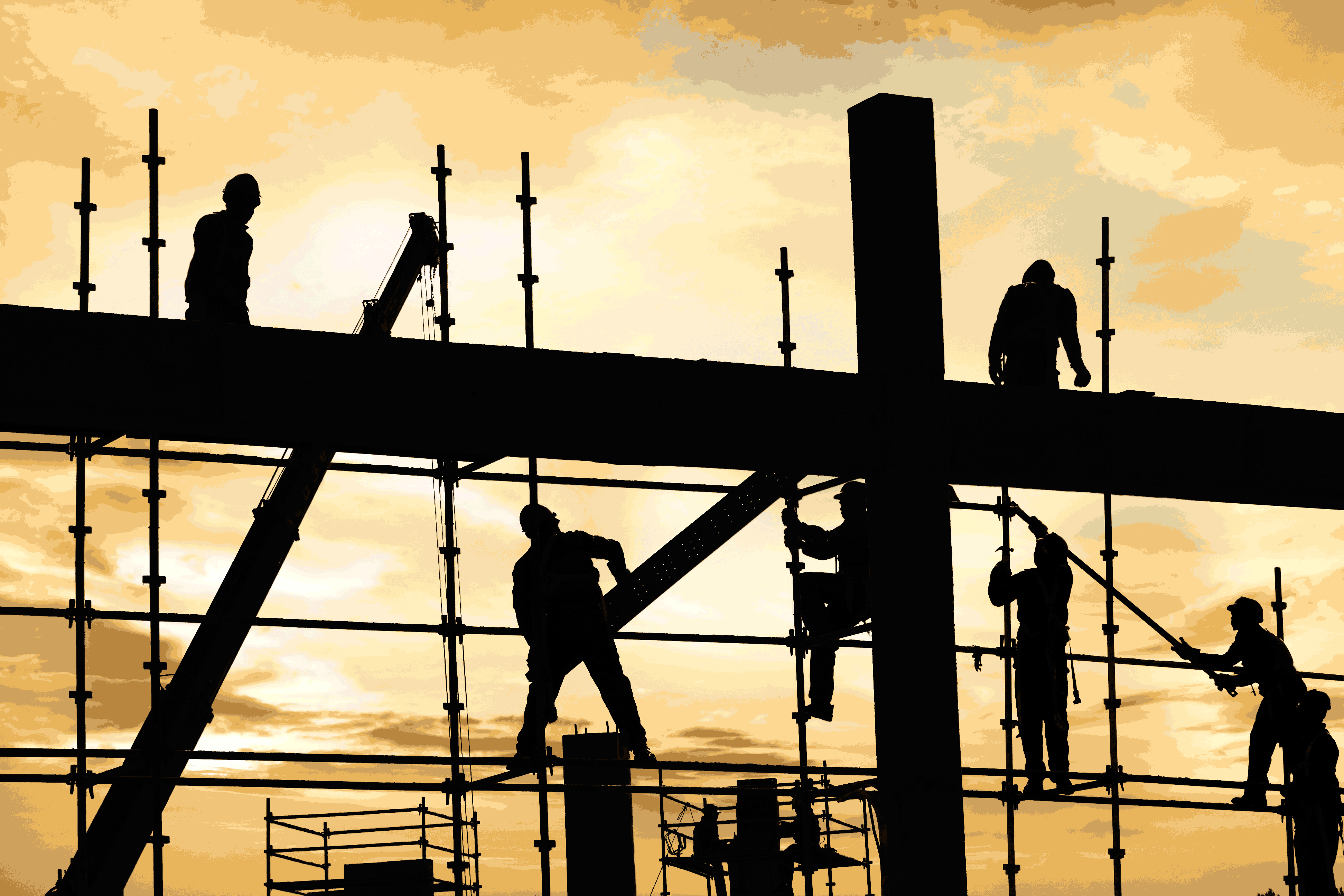Any project that is within the fields of engineering or construction will come a high level of risk. It is possible to keep this risk low and prevent any serious accident occurring, however in order to do this you need to ensure that the safety plan you put in place is up to scratch. You need to tailor everything to your specific project and have a constant line of communication with team members regarding safety.
Execute an Exposure Assessment
The first step in creating a safety plan for any project is an exposure assessment. This will involve examining in detail the work you are planning to perform and anticipating what risks this work could involve. The potential exposures will be different according to specific project that you are undertaking, therefore it is highly important that you really do analyse the project at hand and refrain from using a pre-existing plan from a similar project. Assuming that the risk will be the safe is a sure fire way to end up in trouble.
Determine Necessary Policies and Controls
Once you have identifies the potential exposures that are related to the project, you will need to do determine what controls are necessary in order for the work to be performed. For example, you may need to include policies that relate to personal protective equipment. There may also be controls needed in regard to electrical safety as well as potential health exposures.
Use a Project-Focused Approach
Each project is different and therefore the safety plan should be different for each project. You may well have a template that you can work from, but it is important to tailor this to the project at hand. This includes changing terminology and eliminating anything that isn’t directly related to the current project. Remember, everything you specify you will do on paper, you will have to do for real so make sure you aren’t including unnecessary tasks and potentially overlooking things that are more important.
Provide Training and Orientation
The program you create that is specific to your site should include training and enforcement as well as roles and responsibilities. This means that you need to make sure that everyone involved has a full understanding of the plan from the bottom to the top including the areas that do not directly related to their role. Every new employee needs to have a project safety orientation, including subcontractors and other temporary staff.


1 Comment
When I grow up, I want to have my own truck!
Recent Posts
Recent Comments
Archives
Categories
TAG CLOUD
ABOUT PANORAMA
PANORAMA offers Design Build, Engineering, Procurement, Construction Management, Commissioning and Qualification services (EPCMCV).
SITEMAP
OUR SERVICES
CONTACT NOW
We would love to discuss your requirements. Fill up a simple form & we will get back to you within 24 hours.
CONTACT NOW!